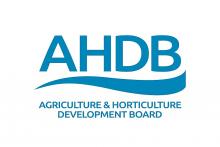Share useful podcasts and video resources here
Over the Gate - Farmers Guardian
Farmerama Radio Abby Rose and Jo Barratt
farmerama.co
Regenerative Agriculture Podcast by John Kempf
Farm To Table Talk by Rodger Wasson
www.farmtotabletalk.com
Meet the Farmers by Ben Eagle
Future of Agriculture by Tim Hammerich
The Sustainable Food Trust Podcast with Patrick Holden
XtremeAg by Damian Mason
www.xtremeag.farm
Farm Gate by Ffinlo Costain
Lancaster Farming Industrial Hemp Podcast by Eric Hurlock
Croptastic by Shely Aronov
Tramlines with Agrii
OFC Podcast from Oxford Farming Conference
Share resources you use in the comments below, or add as a new page





Discussion
Thanks to Camilla and Fieldmargin for posts on LinkedIn added above https://www.linkedin.com/posts/camillahayseldenashby_worldpodcastday-agriculture-podcast-activity-6981628989555490816-5lNI?utm_source=share&utm_medium=member_ios
AHDB as part of its AgriLeader programme got farmer influencers from Youtube, TikTok and other social media together in a room - see the discussion below involving
Max MacGillivray – Beanstalk.Global
Tom Pemberton
Joe Seels
Olly Harrison
Charlotte Ashley
Georgina Summut
Rebecca Wilson
View AHDB's LinkedIn post